Home>Furniture & Design>Living Room Furniture>How To Make Recliner Mechanism
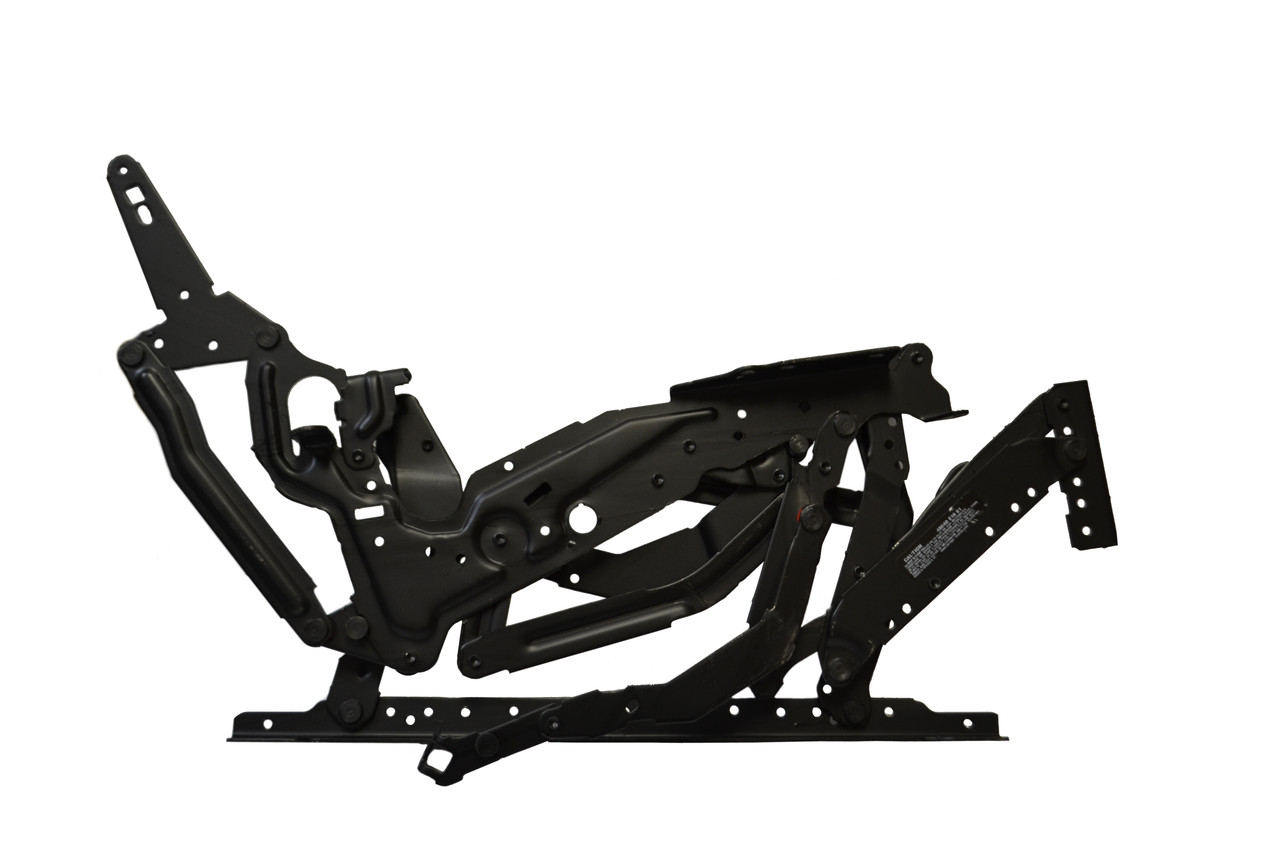

Living Room Furniture
How To Make Recliner Mechanism
Published: December 20, 2023
Learn how to make a recliner mechanism for your living room furniture. Discover expert tips and design ideas for creating the perfect piece. Explore now!
(Many of the links in this article redirect to a specific reviewed product. Your purchase of these products through affiliate links helps to generate commission for Storables.com, at no extra cost. Learn more)
Introduction
Welcome to the world of DIY furniture customization! If you've ever dreamt of creating your very own recliner mechanism, this is the perfect guide for you. Crafting a recliner mechanism from scratch not only allows for a personalized touch but also provides a sense of accomplishment and pride. Whether you're a seasoned DIY enthusiast or a newcomer to the world of furniture design, this step-by-step guide will walk you through the process of creating a functional and comfortable recliner mechanism.
Designing and constructing a recliner mechanism from the ground up is a rewarding endeavor that offers a deeper understanding of the intricate workings of furniture. By following this guide, you'll gain valuable insights into the craftsmanship behind recliner mechanisms, allowing you to tailor the design to your specific preferences and needs. From measuring and cutting the frame to installing the springs and adding the reclining handle, each step is an opportunity to infuse your personality and creativity into the final product.
Throughout this journey, you'll discover the joy of working with your hands, problem-solving, and witnessing your vision come to life. The satisfaction of creating a functional and comfortable recliner mechanism that complements your living space is unparalleled. So, roll up your sleeves, gather your tools, and let's embark on this exciting DIY adventure to craft a recliner mechanism that's as unique as you are.
Key Takeaways:
- Crafting your own recliner mechanism allows for a personalized touch, deeper understanding of furniture mechanics, and the satisfaction of creating a functional and comfortable piece that complements your living space.
- By embarking on this DIY adventure, you gain valuable insights into furniture design, reflect your unique style, and enjoy the comfort and pride of reclining in a chair that you’ve meticulously designed and constructed.
Read more: How Recliner Mechanism Works
Materials Needed
Before diving into the construction of your recliner mechanism, it’s essential to gather all the necessary materials and tools. Here’s a comprehensive list of items you’ll need to bring your DIY project to life:
- Sturdy metal or wooden frame
- Pivot points or hinges
- High-quality springs
- Reclining handle or lever
- Measuring tape
- Saw or cutting tool appropriate for your chosen frame material
- Screwdriver or drill
- Sandpaper
- Protective gloves
- Safety goggles
- Paint or finish (optional, for customizing the frame)
These materials will serve as the building blocks for your recliner mechanism, allowing you to construct a durable and functional piece of furniture. It’s crucial to select high-quality components to ensure the longevity and reliability of your DIY recliner. With these materials at hand, you’re ready to move on to the next step: measuring and cutting the frame for your recliner mechanism.
Step 1: Measure and Cut Frame
The foundation of a well-crafted recliner mechanism lies in the precise measurement and cutting of the frame. Whether you opt for a metal or wooden frame, accuracy is paramount to ensure the smooth operation and structural integrity of the recliner. Here’s a detailed breakdown of the process:
Begin by measuring and marking the dimensions of the frame, taking into account the desired size and shape of the recliner. If you’re using a wooden frame, a reliable saw will be your go-to tool for cutting the frame to the exact specifications. For metal frames, specialized cutting tools designed for metalworking will be necessary to achieve clean and precise cuts.
Once the frame components are cut to size, it’s essential to smooth any rough edges using sandpaper. This step not only enhances the aesthetic appeal of the frame but also minimizes the risk of splinters or sharp edges. Additionally, applying a protective finish or paint to the frame is a creative way to customize the recliner mechanism to complement your existing décor.
Throughout the measurement and cutting process, safety should always be a top priority. Wearing protective gloves and safety goggles is crucial when handling tools and materials to prevent accidents and ensure a safe working environment.
By meticulously measuring and cutting the frame, you’re laying the groundwork for a sturdy and well-proportioned recliner mechanism. With this crucial step completed, you’re ready to move on to the next phase: attaching the pivot points that enable the reclining function.
Step 2: Attach Pivot Points
As you progress in the construction of your recliner mechanism, the attachment of pivot points emerges as a pivotal step in enabling the reclining functionality. Pivot points, also known as hinges, serve as the mechanical joints that facilitate the smooth movement of the recliner. Here’s a detailed guide on how to seamlessly integrate pivot points into your DIY creation:
Position the pivot points at strategic locations on the frame, ensuring that they align with the intended movement of the recliner. Whether you opt for traditional hinges or specialized recliner mechanisms, precise placement is essential to guarantee the fluid operation of the reclining function.
Utilize a screwdriver or drill to securely fasten the pivot points to the frame, taking care to align them accurately to avoid any resistance or misalignment during the reclining motion. The stability and precision of the pivot points are instrumental in determining the overall functionality and durability of your recliner mechanism.
Once the pivot points are firmly attached, test the movement of the recliner to ensure that the mechanism operates smoothly and without obstruction. This step allows for any necessary adjustments to be made before proceeding to the next stage of the construction process.
By meticulously integrating the pivot points into the frame, you’re one step closer to bringing your DIY recliner mechanism to life. The successful attachment of pivot points sets the stage for the next critical phase: installing the springs that will provide the necessary support and comfort for the reclining experience.
When making a recliner mechanism, ensure that the frame is sturdy and the moving parts are well lubricated for smooth operation. Use high-quality materials to ensure durability and safety.
Step 3: Install Springs
Installing the springs is a pivotal stage in the construction of your recliner mechanism, as they play a crucial role in providing the necessary support and comfort for the reclining function. Proper installation ensures that the recliner operates smoothly and offers optimal comfort. Here’s a comprehensive guide to seamlessly integrate the springs into your DIY recliner mechanism:
Begin by selecting high-quality, durable springs that are suitable for the intended weight capacity and desired level of reclining resistance. Position the springs strategically within the frame, ensuring that they are securely anchored to provide reliable support during the reclining motion.
Utilize appropriate fastening mechanisms, such as screws or brackets, to secure the springs to the frame. This step is vital in ensuring the stability and longevity of the recliner mechanism, preventing any potential shifting or displacement of the springs during use.
Test the functionality of the springs by simulating the reclining motion, ensuring that they offer the desired level of resistance and support. This step allows for any necessary adjustments to be made to the positioning or tension of the springs, fine-tuning the reclining experience to meet your specific preferences.
Once the springs are successfully installed and tested, the foundation for a comfortable and functional recliner mechanism is firmly in place. The integration of high-quality springs sets the stage for the final phase of the construction process: adding the reclining handle that allows for effortless adjustment of the reclining position.
Read more: How To Fix Recliner Mechanism
Step 4: Add Reclining Handle
The addition of a reclining handle is a pivotal step in completing your DIY recliner mechanism, as it enables effortless adjustment of the reclining position. The handle serves as the interface between the user and the recliner, allowing for seamless control over the reclining function. Here’s a detailed guide on integrating the reclining handle into your custom-built recliner mechanism:
Select a high-quality, ergonomic reclining handle that aligns with the overall design and functionality of your recliner mechanism. The handle should offer a comfortable grip and smooth operation, enhancing the user experience and convenience.
Position the reclining handle at a strategic location on the frame, ensuring easy accessibility and intuitive operation. Whether you opt for a lever-style handle or a knob, precise placement is essential to facilitate effortless reclining adjustments.
Securely attach the reclining handle to the frame using appropriate fasteners, ensuring that it is firmly anchored and capable of withstanding regular use. The stability and reliability of the handle are crucial in ensuring consistent and trouble-free operation of the recliner mechanism.
Test the functionality of the reclining handle by adjusting the reclining position, ensuring that it operates smoothly and without resistance. This step allows for any necessary fine-tuning to be made to the handle’s positioning or fastening to optimize its performance.
With the reclining handle seamlessly integrated into the recliner mechanism, you’re one step closer to enjoying the comfort and convenience of your custom-designed recliner. The addition of the handle sets the stage for the final phase: testing the complete mechanism to ensure its flawless operation.
Step 5: Test Mechanism
As you near the completion of your DIY recliner mechanism, the final step involves thoroughly testing the entire assembly to ensure its seamless operation and functionality. Testing the mechanism allows you to identify any potential issues and make necessary adjustments, ensuring that your custom-built recliner delivers the comfort and performance you envisioned. Here’s a comprehensive guide to testing your recliner mechanism:
Initiate the testing process by performing a series of reclining motions, assessing the smoothness and stability of the mechanism’s operation. Pay close attention to any signs of resistance, misalignment, or unexpected movement, as these may indicate areas that require refinement.
Test the weight-bearing capacity of the recliner by simulating various seating positions and applying gradual pressure to gauge the resilience and support provided by the springs and frame. This step is essential in ensuring that the recliner can accommodate different body types and seating preferences without compromising its structural integrity.
Evaluate the functionality of the reclining handle, verifying that it allows for effortless and precise adjustments to the reclining position. Smooth and intuitive operation of the handle is paramount in delivering a user-friendly reclining experience.
Assess the overall comfort and ergonomics of the recliner, considering factors such as lumbar support, seating angle, and stability. The testing phase provides an opportunity to fine-tune the mechanism to optimize comfort and functionality, ensuring that it meets your expectations.
Make any necessary adjustments or refinements based on the findings from the testing phase, addressing any issues related to the frame, pivot points, springs, or reclining handle. Iterative testing and refinement are essential in achieving a flawless and reliable recliner mechanism.
With the mechanism thoroughly tested and any adjustments implemented, you can take pride in the successful completion of your DIY recliner mechanism. The testing phase ensures that your custom-built recliner meets the highest standards of comfort, functionality, and craftsmanship, ready to enhance your living space with its personalized charm.
Conclusion
Congratulations on embarking on the fulfilling journey of creating your own recliner mechanism! Through meticulous planning, precise construction, and thorough testing, you’ve successfully crafted a custom-built recliner that reflects your creativity and craftsmanship. As you conclude this DIY endeavor, it’s essential to reflect on the rewarding aspects of the process and the value it brings to your living space and daily comfort.
By designing and constructing a recliner mechanism from scratch, you’ve gained valuable insights into the intricate workings of furniture design and manufacturing. The hands-on experience of measuring, cutting, and assembling the frame, integrating pivot points and springs, and adding the reclining handle has deepened your understanding of furniture mechanics and craftsmanship.
Furthermore, the personalized nature of your DIY recliner mechanism allows for a seamless integration into your living space, reflecting your unique style and preferences. Whether it’s the choice of materials, the ergonomic design of the reclining handle, or the tailored comfort provided by the springs, your custom-built recliner embodies your vision and attention to detail.
As you enjoy the comfort and functionality of your DIY recliner mechanism, take pride in the craftsmanship and dedication that went into its creation. The satisfaction of reclining in a chair that you’ve meticulously designed and constructed is a testament to your skills and ingenuity.
Moreover, the knowledge and experience gained from this project serve as a foundation for future DIY endeavors, empowering you to explore and create furniture and design elements that resonate with your individuality.
In conclusion, your DIY recliner mechanism stands as a testament to your creativity, craftsmanship, and dedication to enhancing your living space. Embrace the comfort and pride that comes with enjoying a piece of furniture that embodies your personal touch and reflects the joy of hands-on creation.
Frequently Asked Questions about How To Make Recliner Mechanism
Was this page helpful?
At Storables.com, we guarantee accurate and reliable information. Our content, validated by Expert Board Contributors, is crafted following stringent Editorial Policies. We're committed to providing you with well-researched, expert-backed insights for all your informational needs.
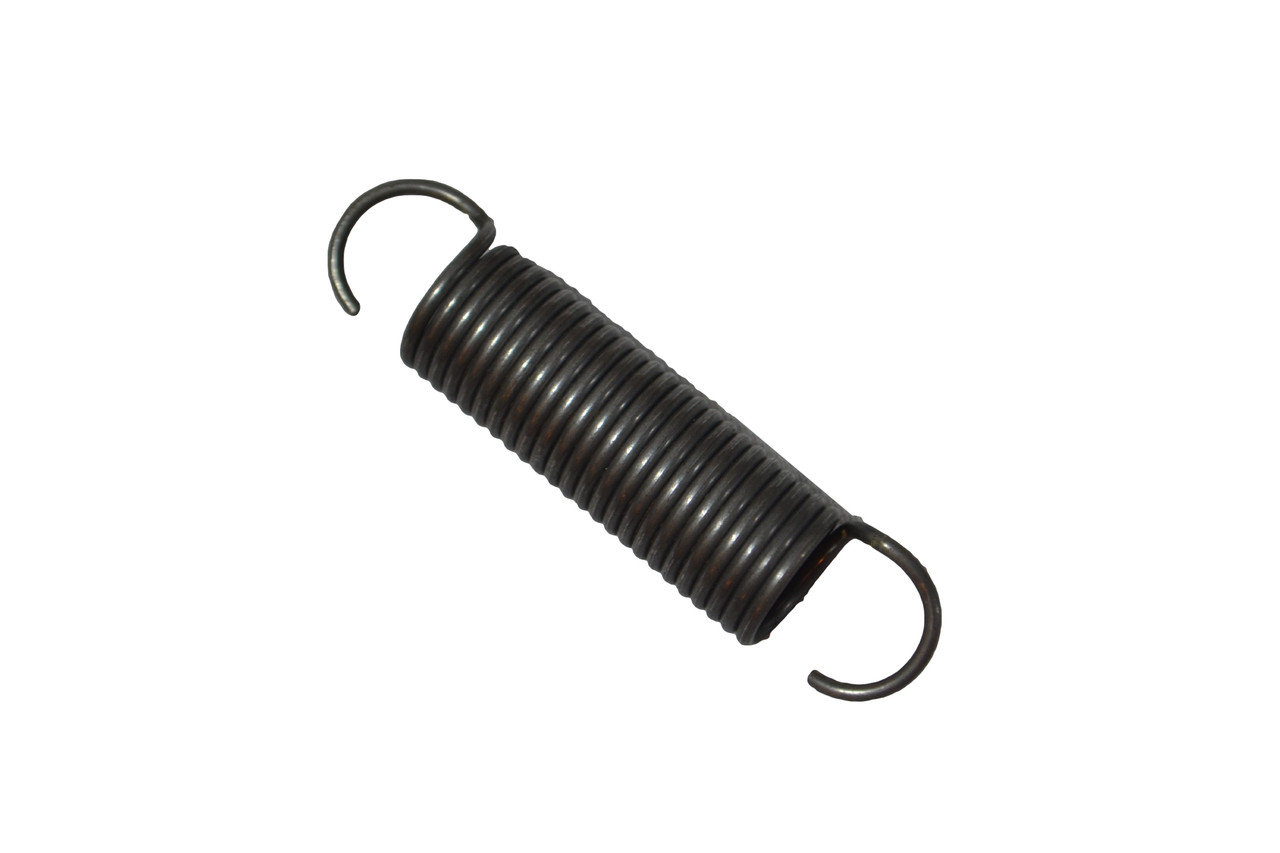
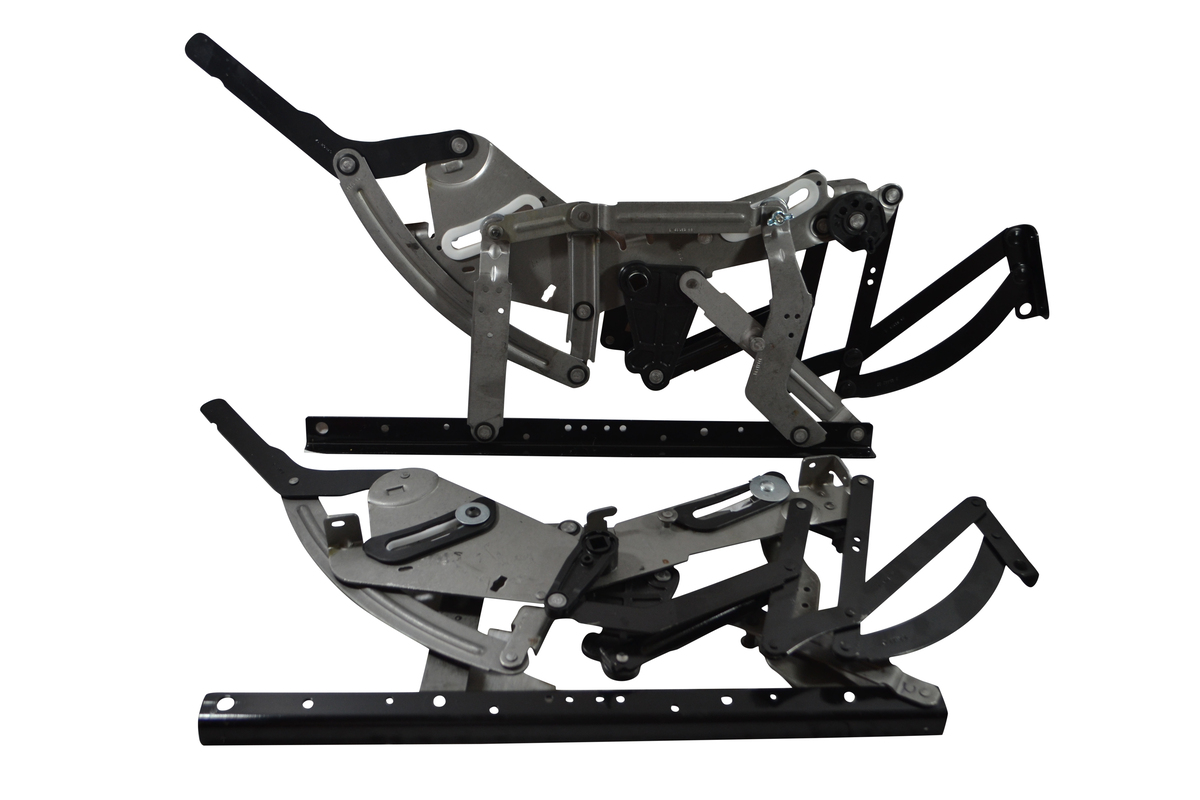
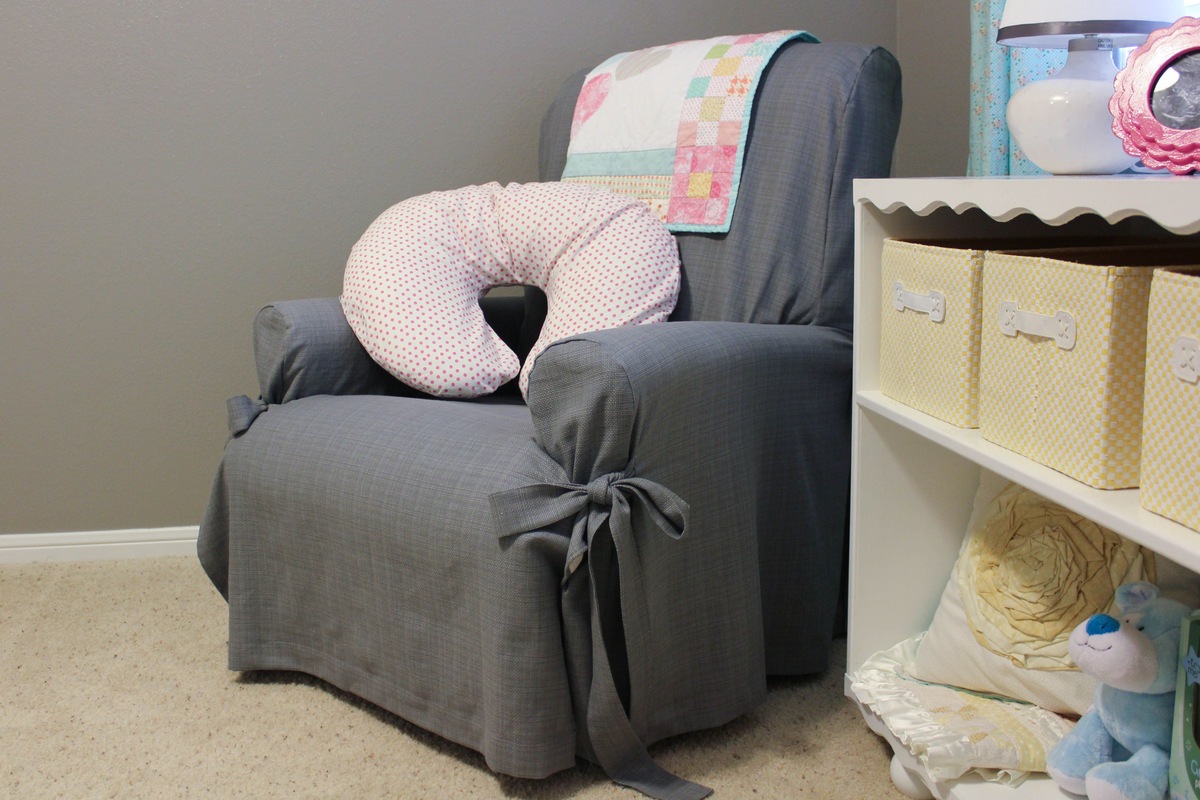
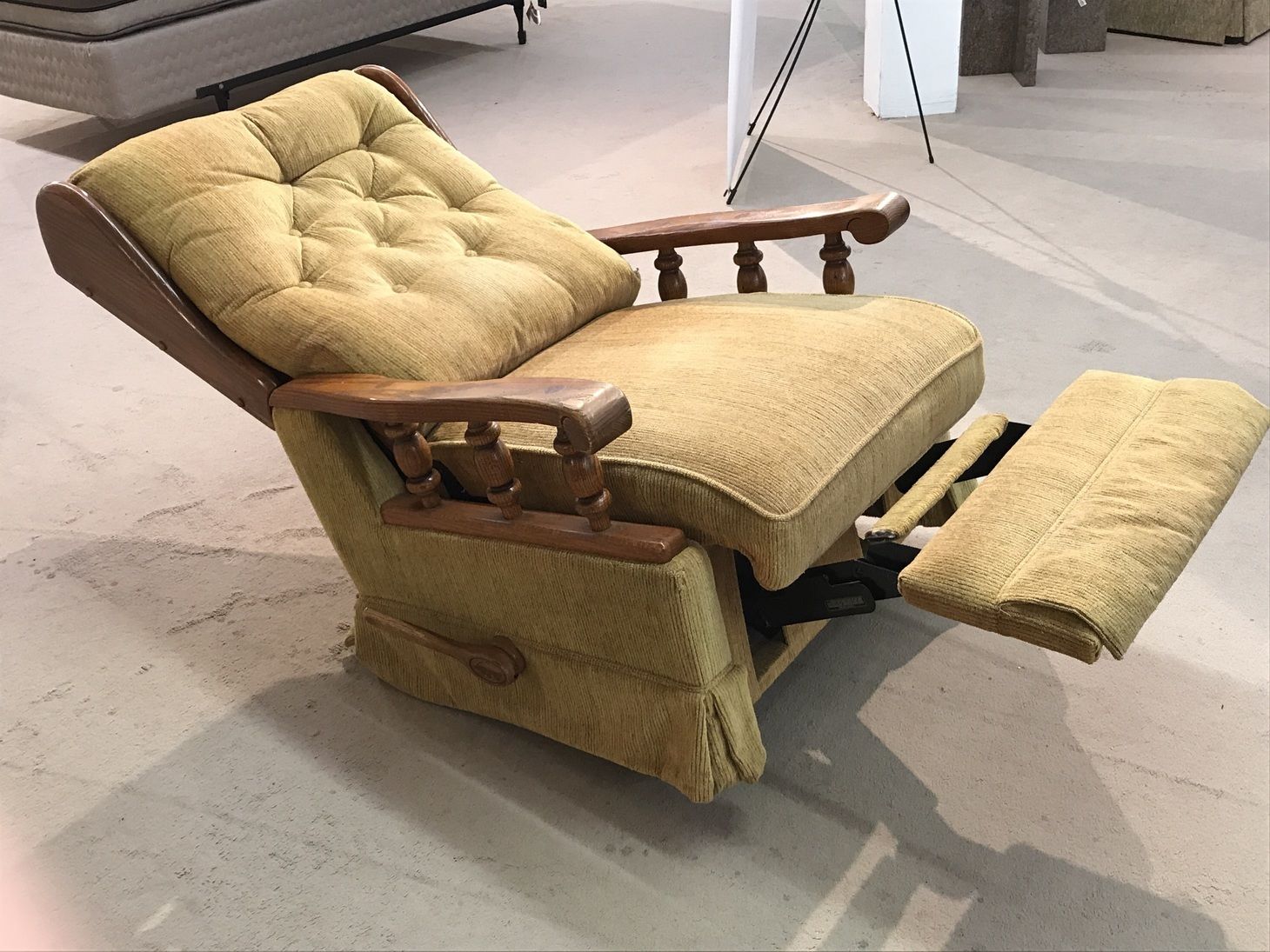
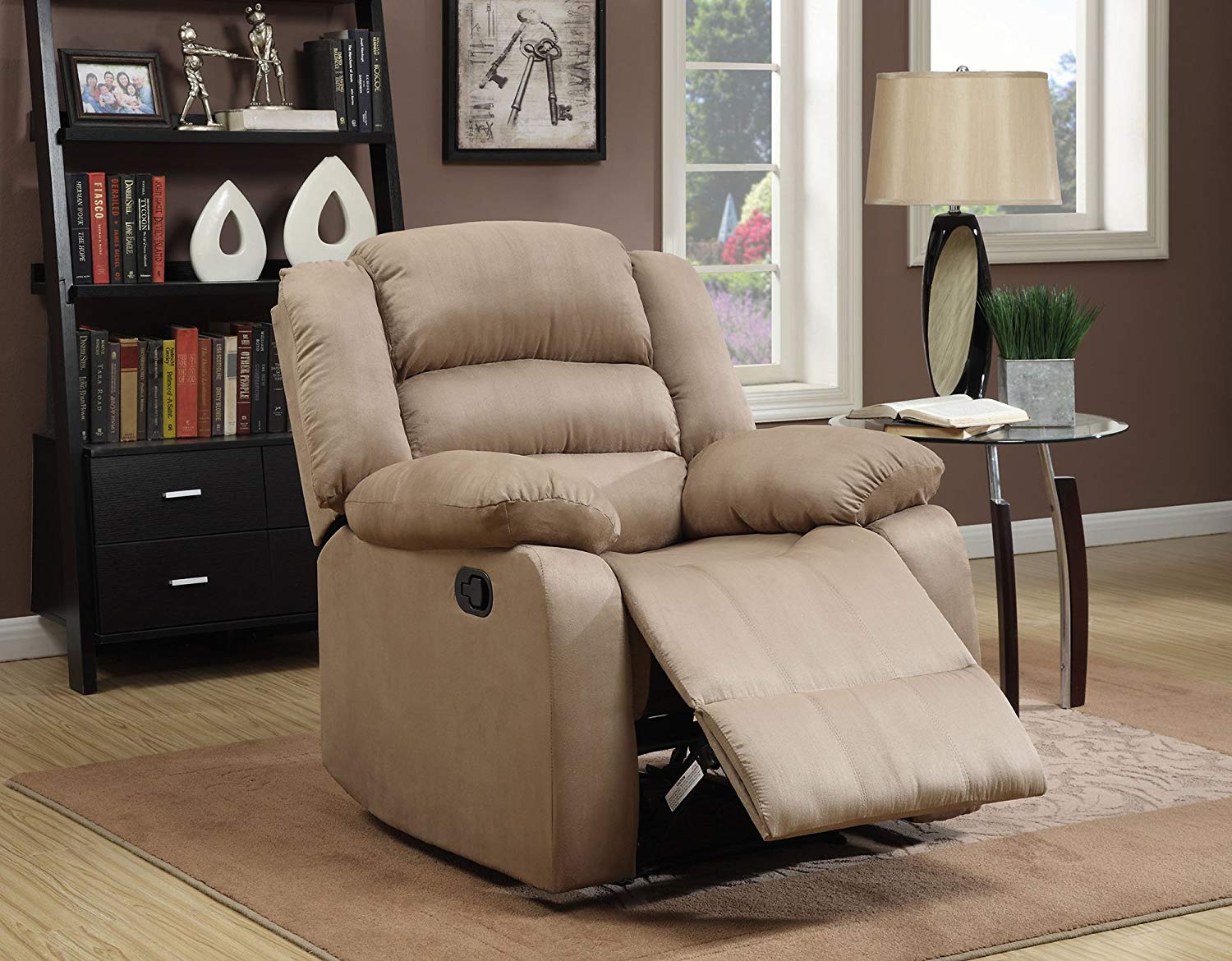
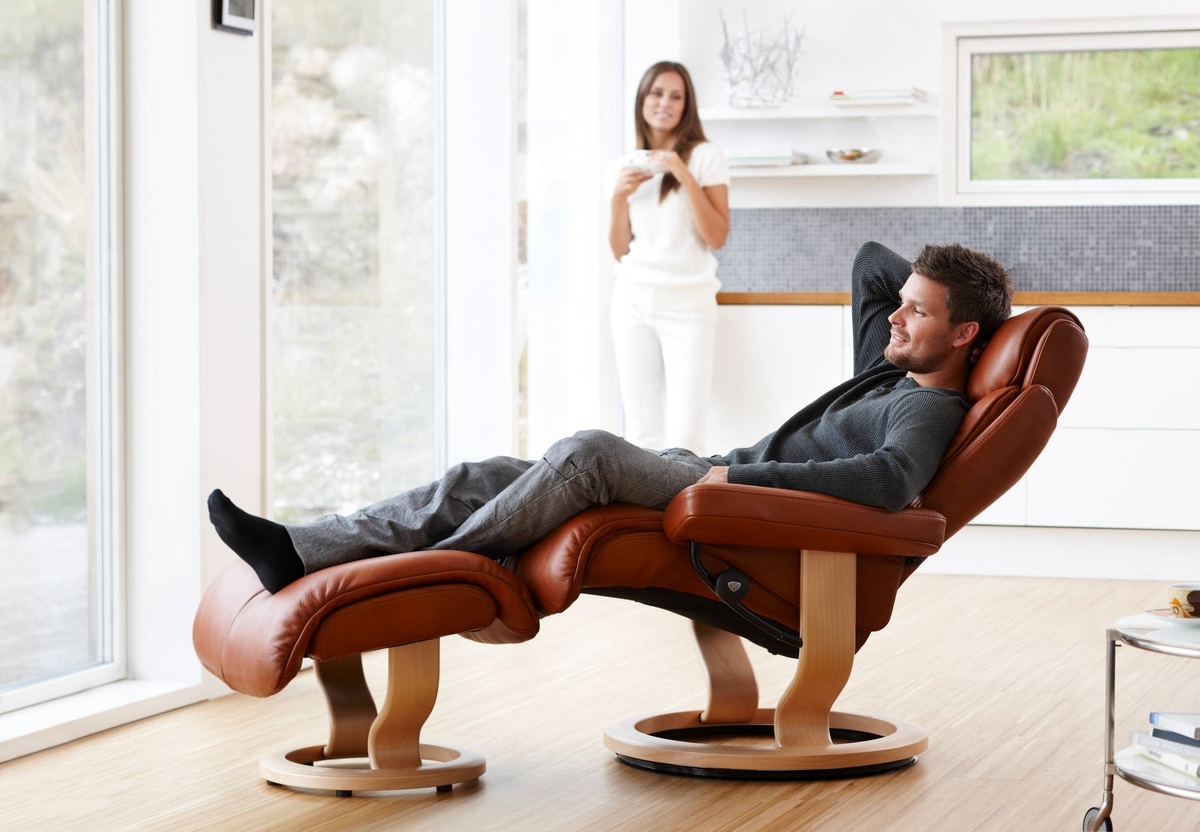
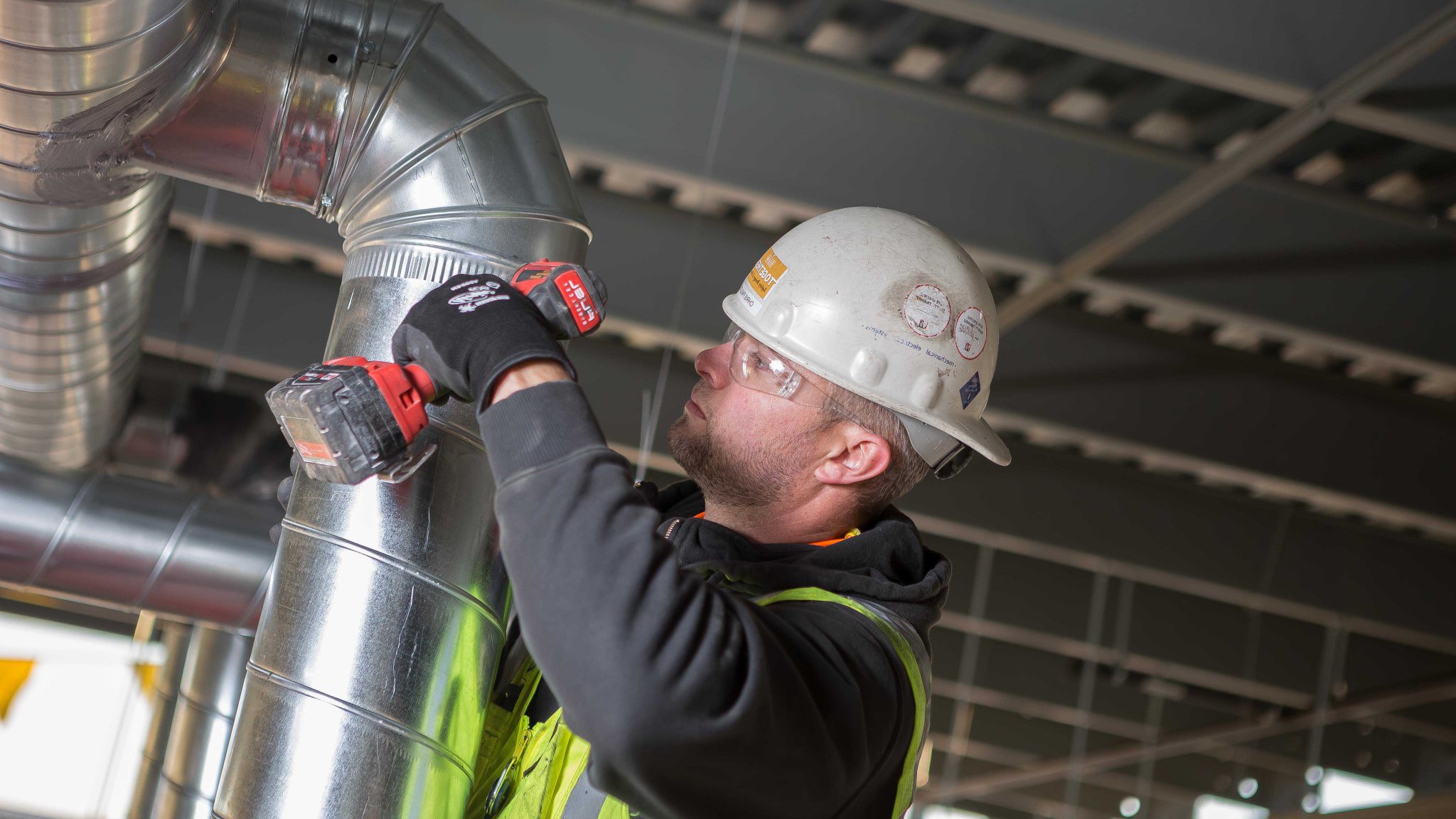

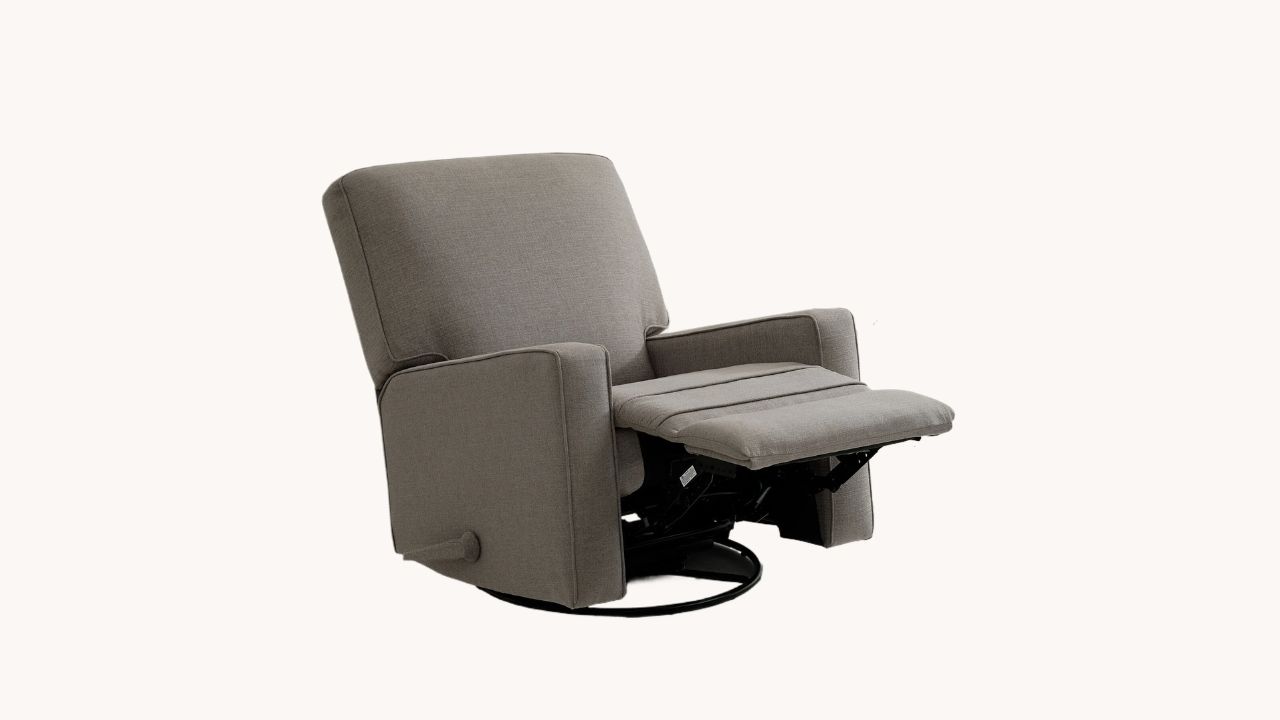
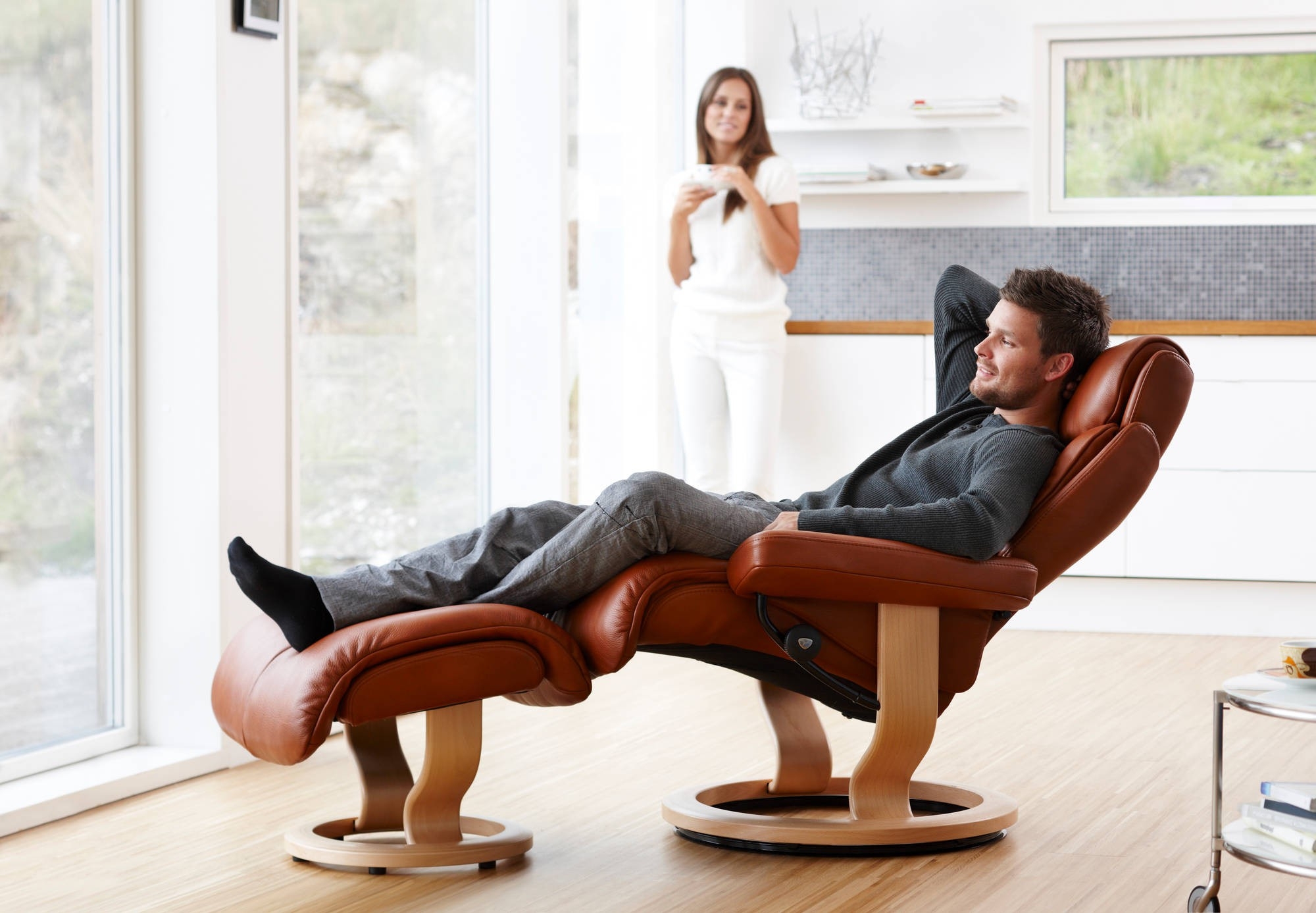
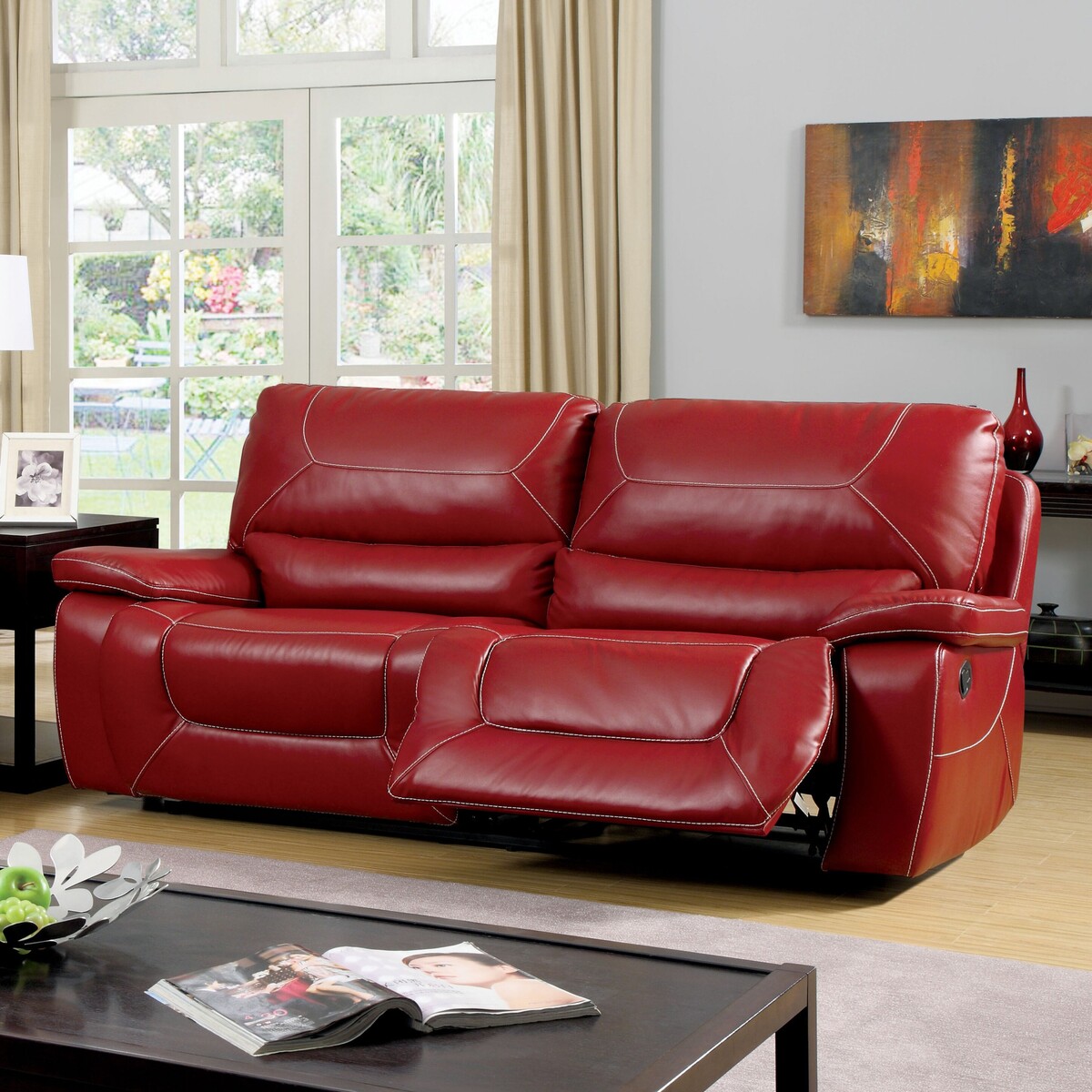
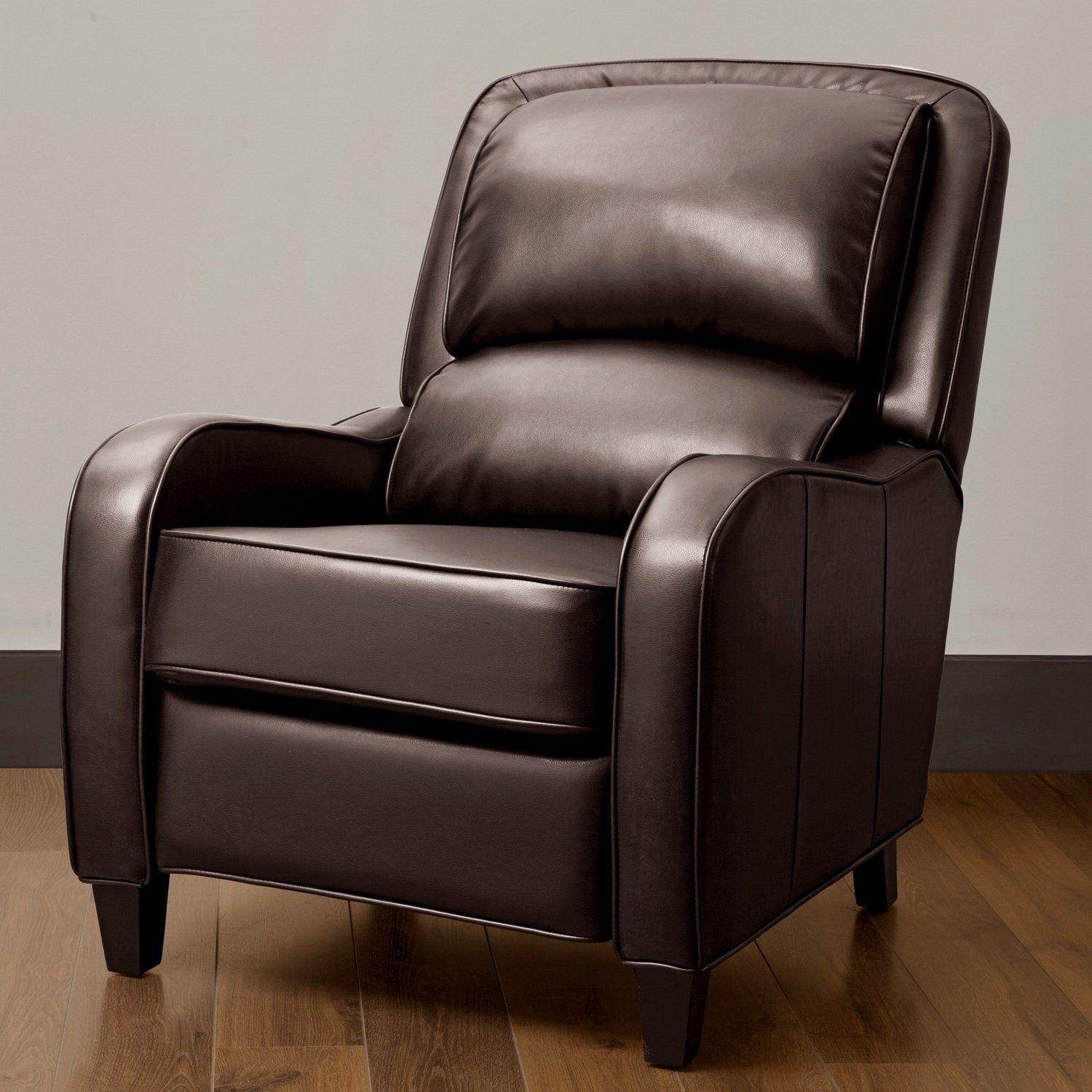
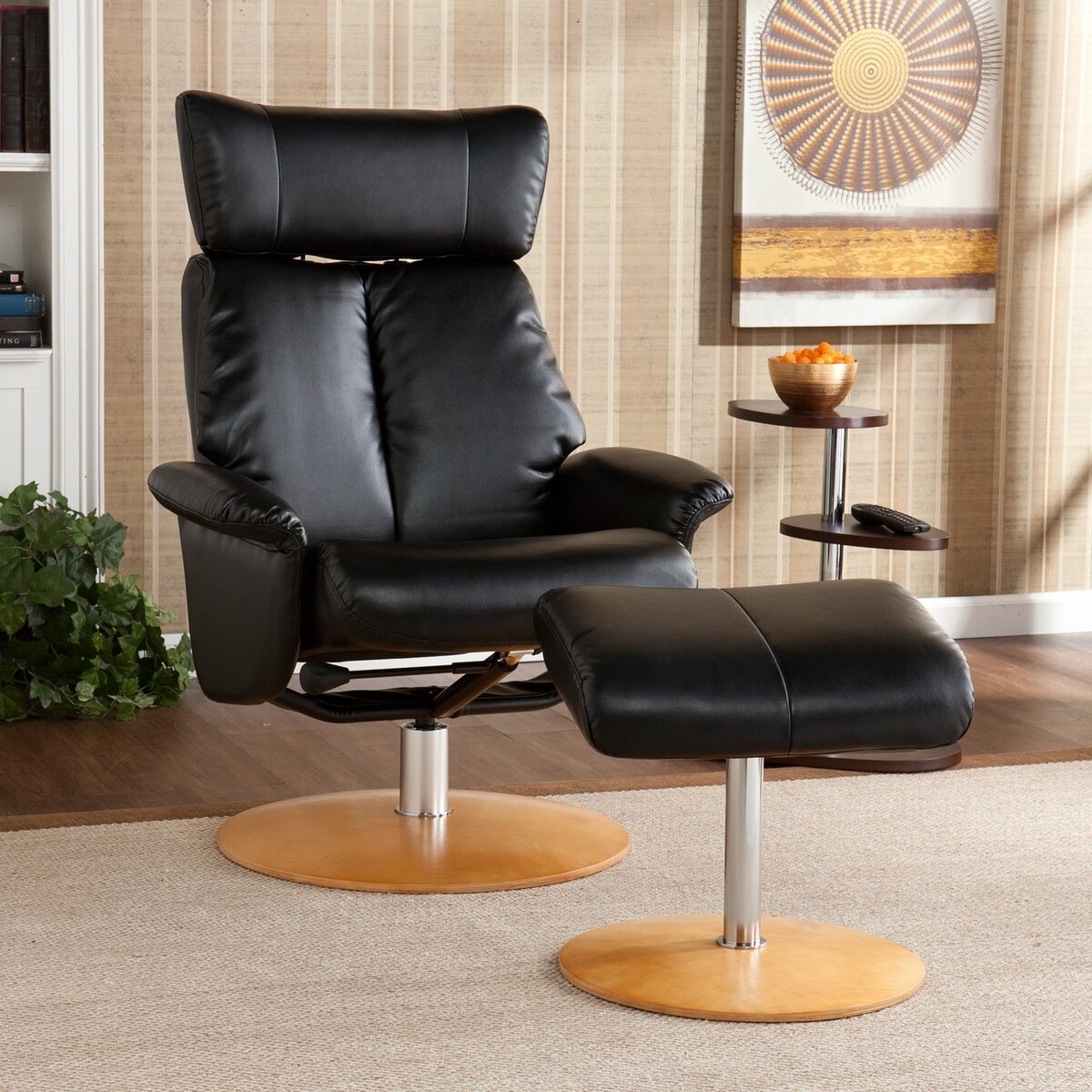
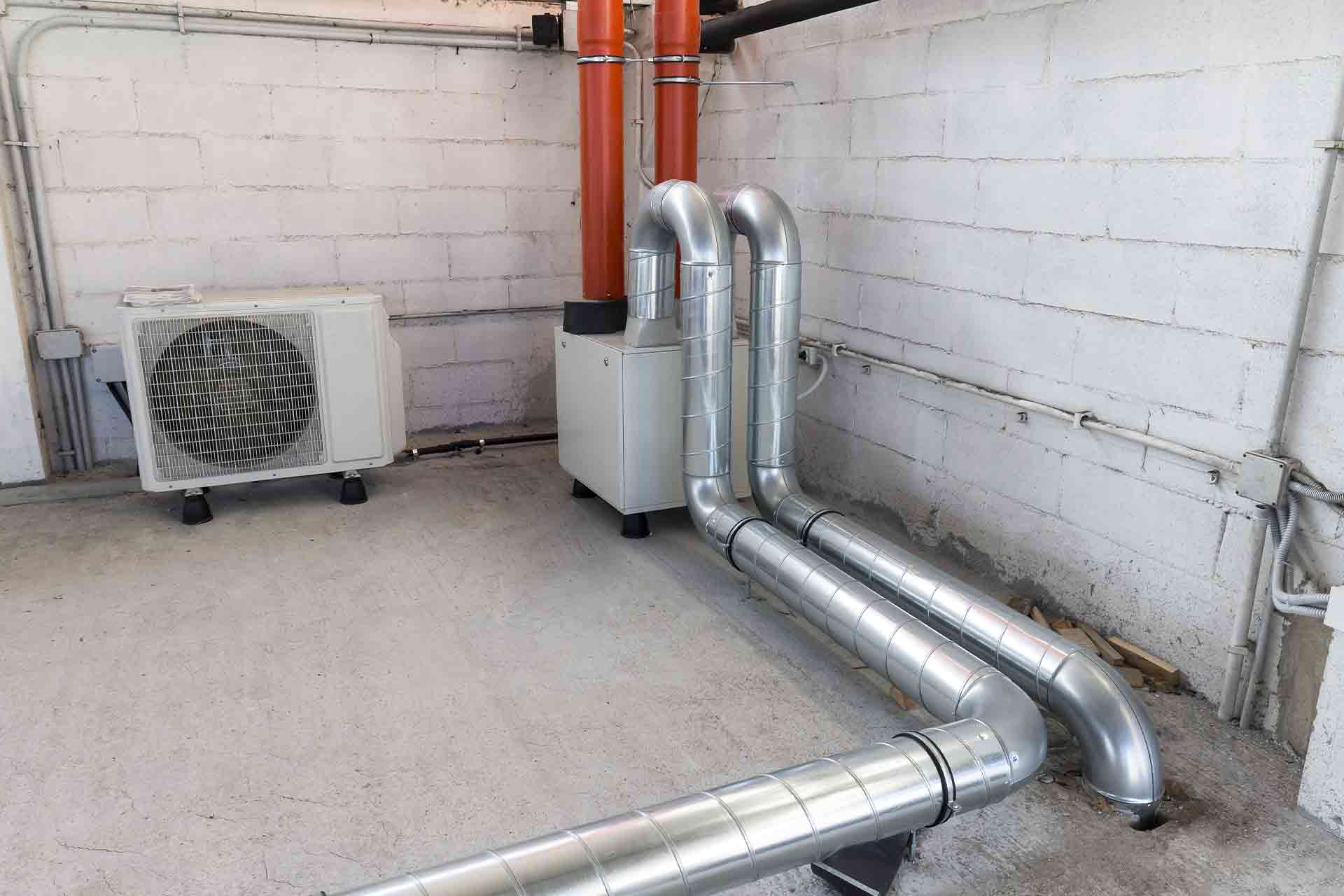

0 thoughts on “How To Make Recliner Mechanism”